

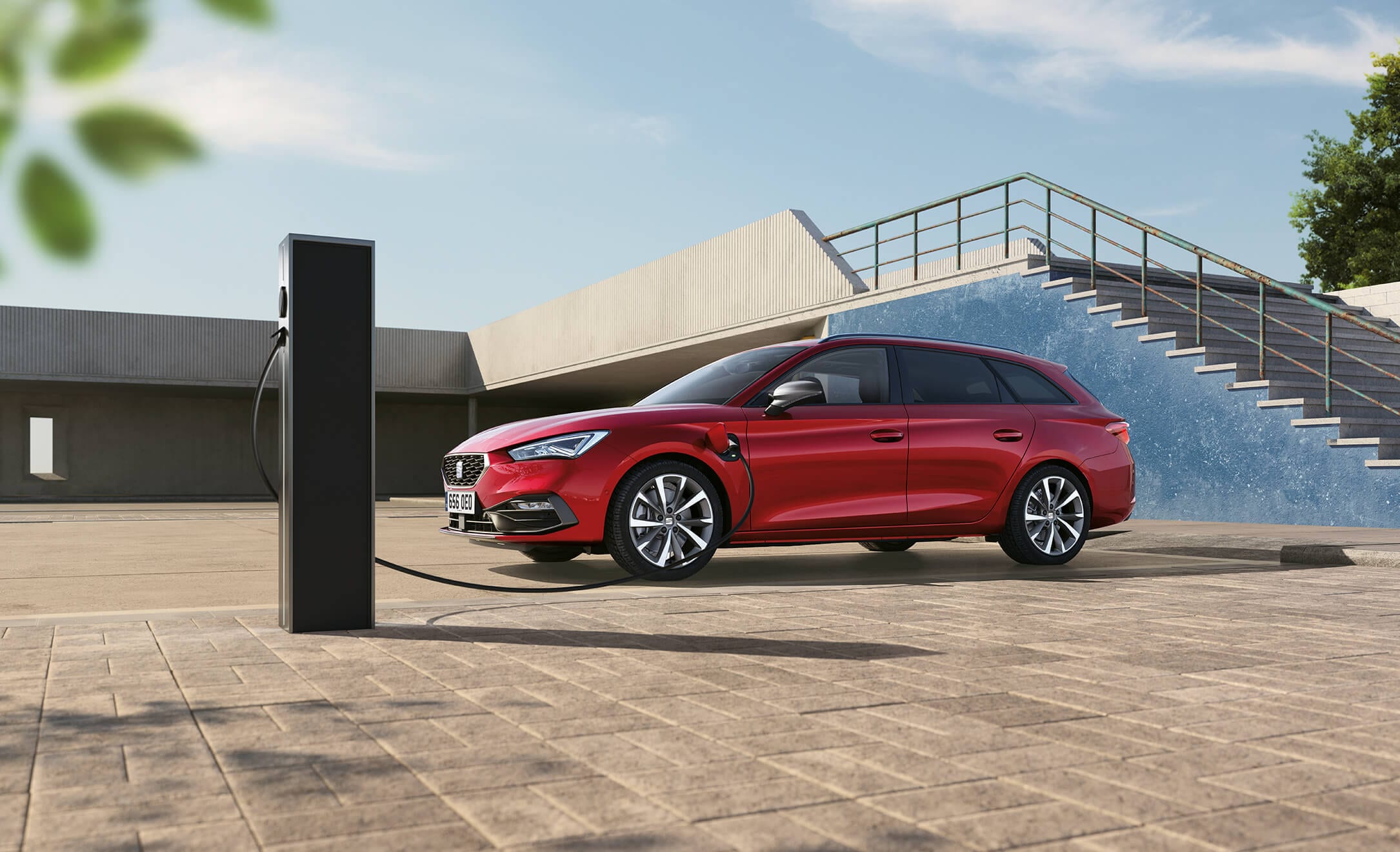
Selecting the ideal company or fleet car requires careful consideration of various factors, particularly in balancing cost and environmental considerations for your business. Making an informed decision, especially when considering a switch to e-HYBRID vehicles, involves understanding all the relevant details. At RiversideSEAT, we recognize the importance of providing comprehensive information about the benefits you can expect from e-HYBRID vehicles, enabling you to determine if it aligns with your requirements.
Our goal is to support you in making an educated choice by explaining the advantages you can enjoy with e-HYBRID models. We take pride in assisting you throughout the decision-making process, ensuring you have all the necessary facts and insights to assess if e-HYBRID is the right choice for your business.
An e-HYBRID can effortlessly switch between petrol and electric power, enabling you to reduce both your fuel costs and emissions. If you’re ready to make your first step on the road to electric, you can begin your journey by transitioning to an e-HYBRID and enjoy the best of both worlds.
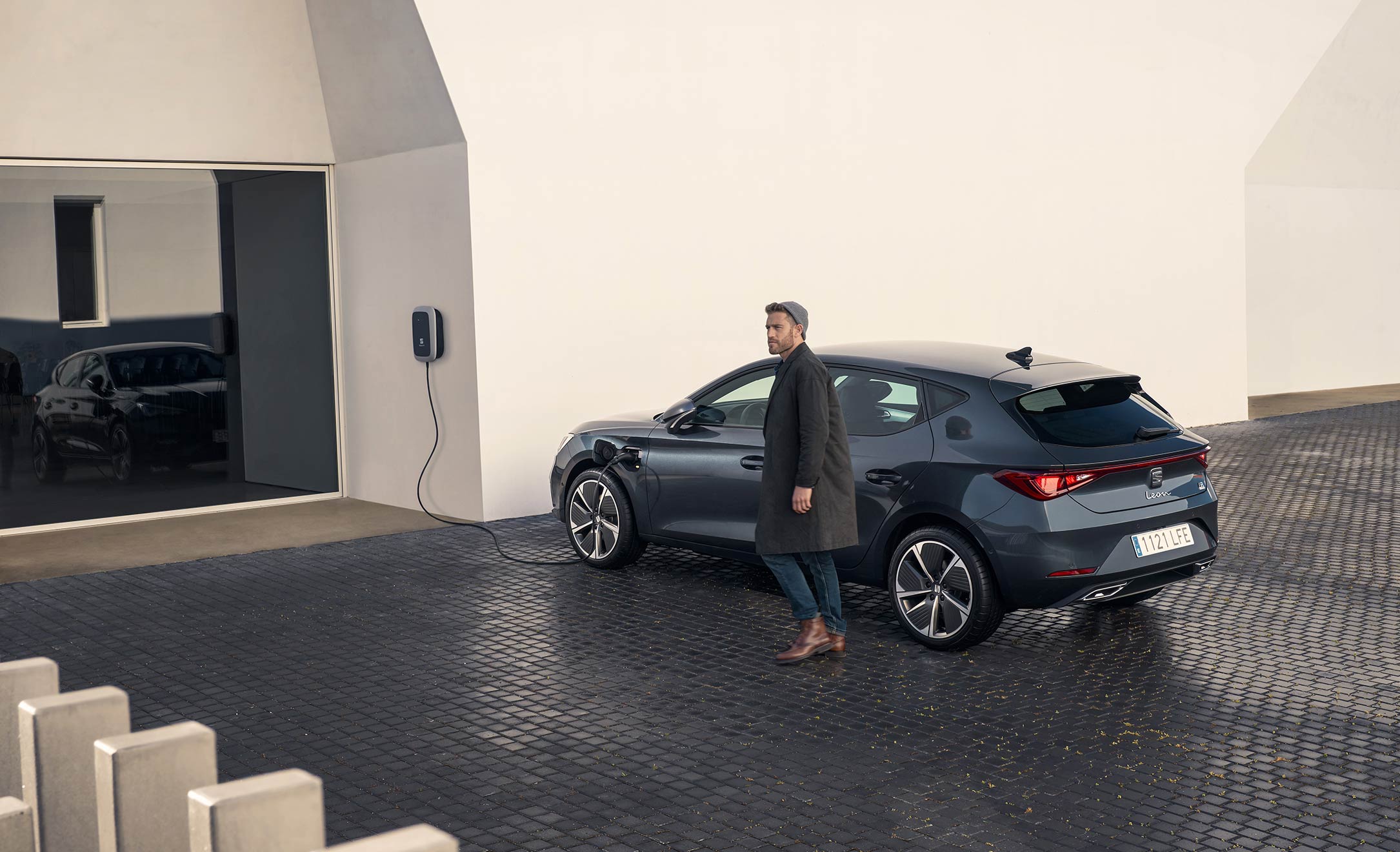
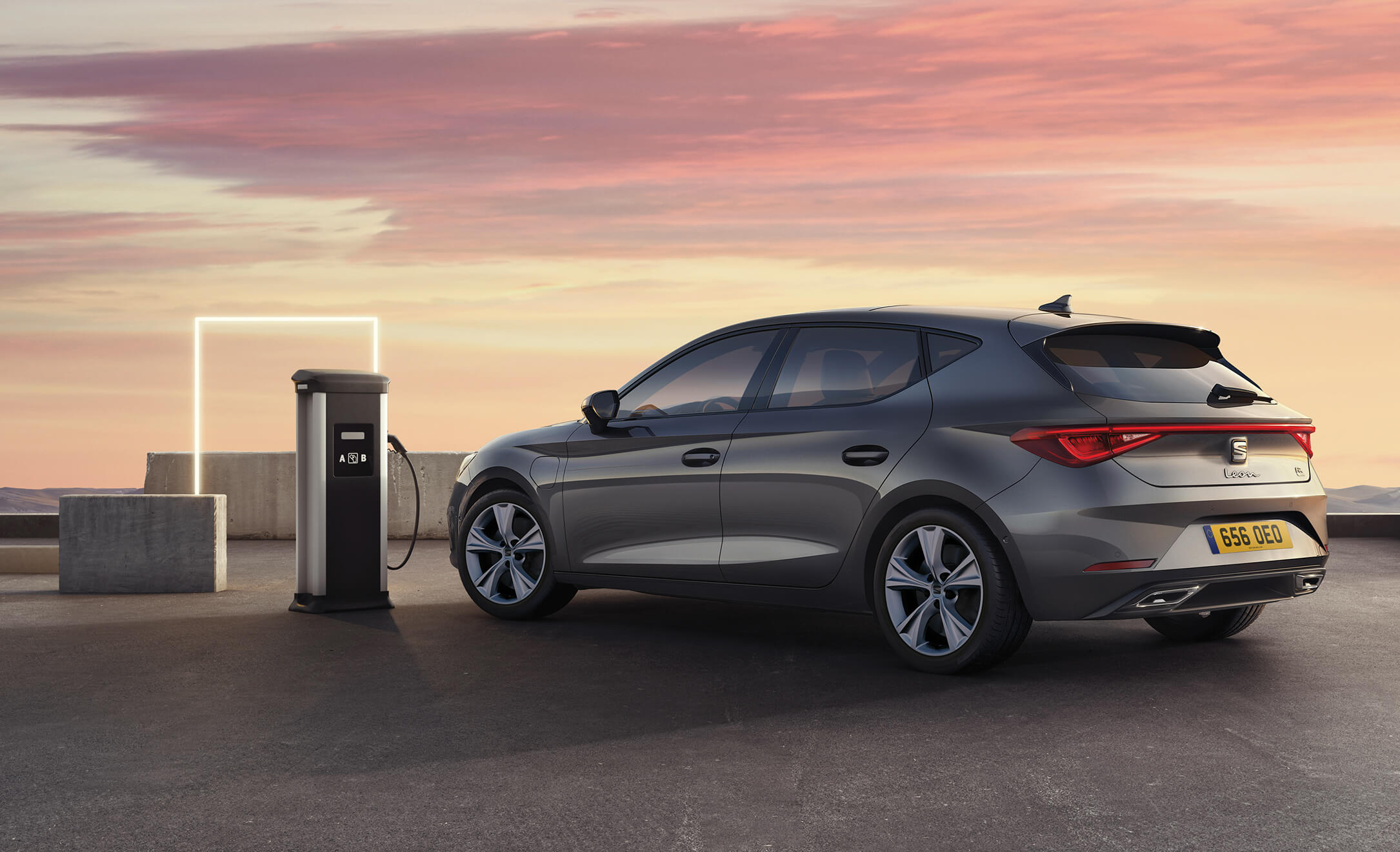
Making the switch from petrol or diesel to lower-emission driving with an e-HYBRID can generate some valuable savings for your business, whether you’re a company car driver or fleet manager.
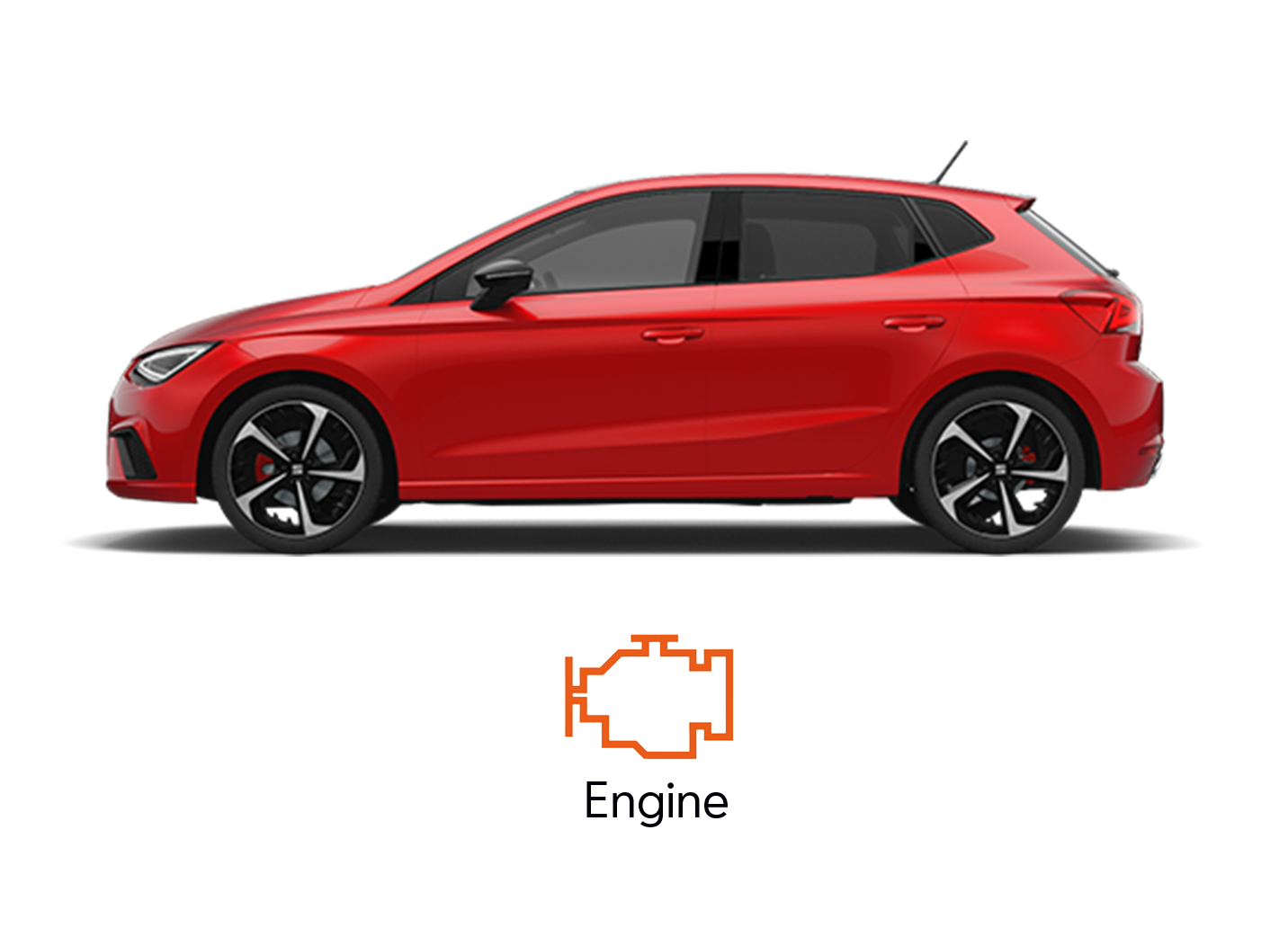
Internal combustion engine
ICE: An engine that uses either petrol or diesel and usually emits higher levels of CO2 than cars powered by alternative fuels. This is the most commonly used.
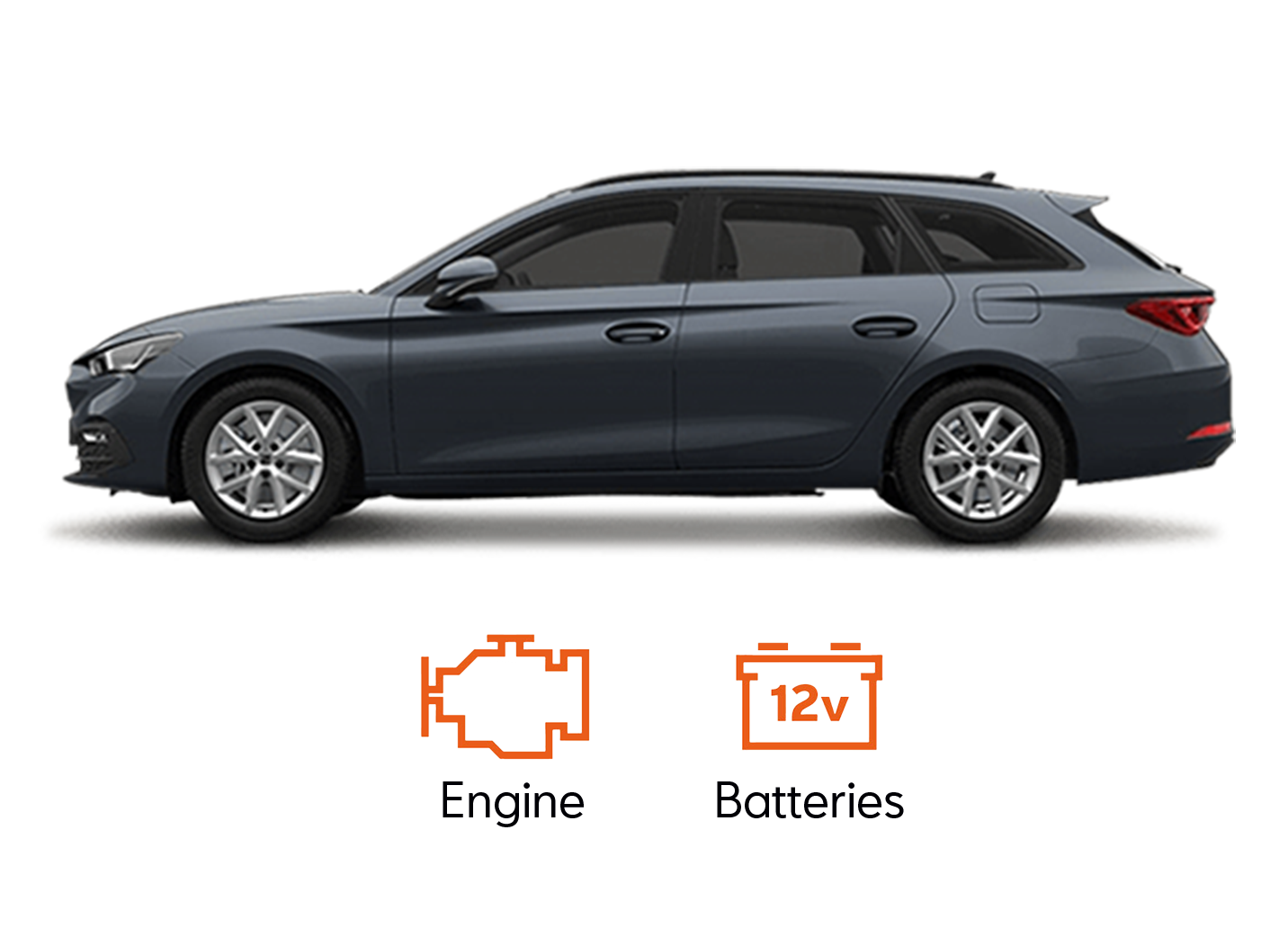
Plug-in Hybrid Electric Vehicle
PHEV (e-HYBRID): A combination of an ICE engine and an electric motor. A PHEV uses an electric motor at low speeds and switches to petrol as and when required, to optimise fuel efficiency.
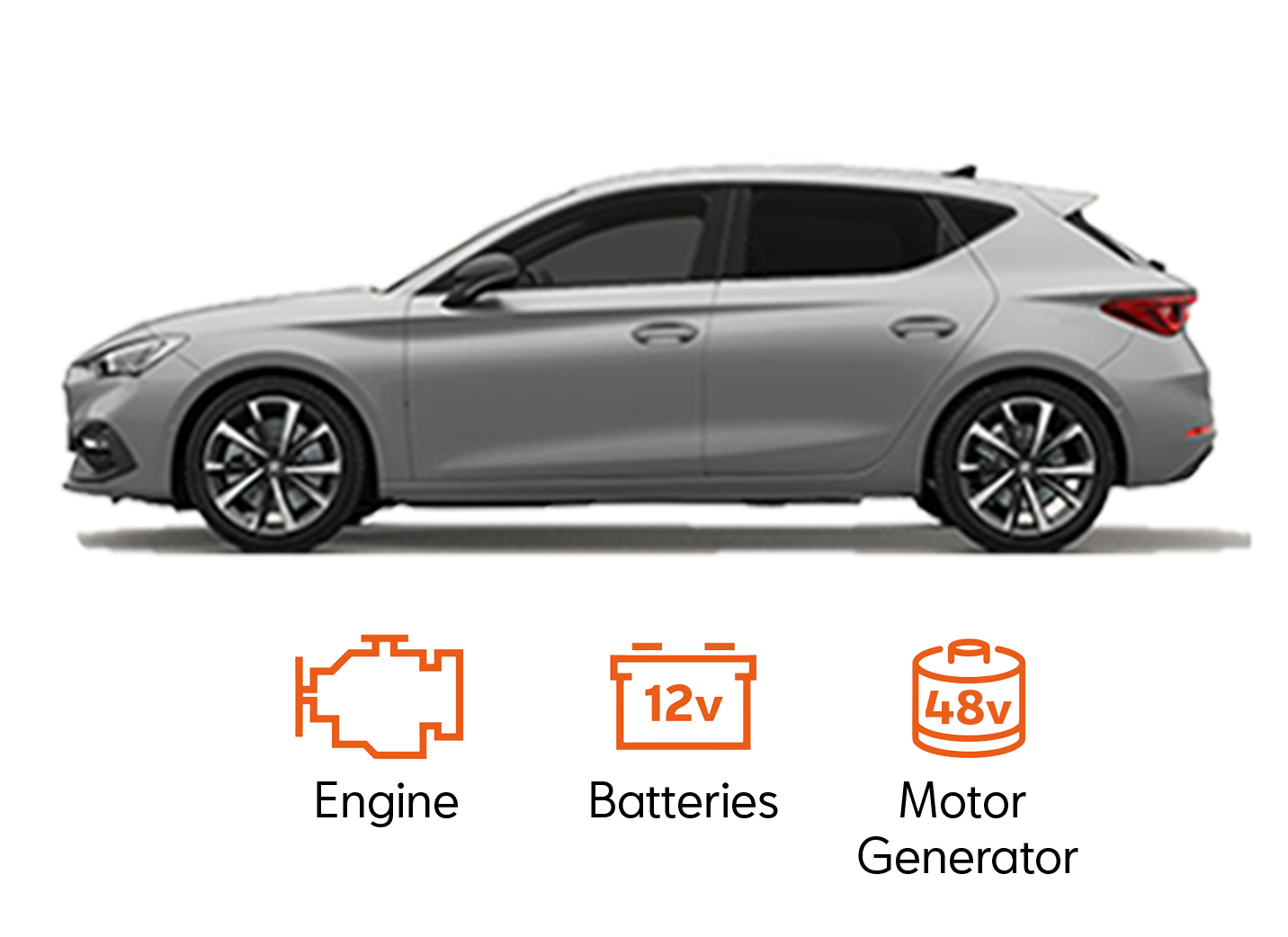
Mild Hybrid Electric Vehicle
MHEV: A mild hybrid car uses a smaller battery and a motor generator that can both create electricity and help boost the engine output. Mild Hybrid Electric Vehicles do not use plug-in technology but can be more economical than an ICE vehicle.
The Leon e-HYBRID is ideal for your next company car or for your business. With all the benefits of electric power and the reassurance of a petrol engine, you have the very best of both worlds. But we know that there is a lot to consider, such as how suited are they to long commutes and journeys. What are the financial benefits? Read on to find out more.

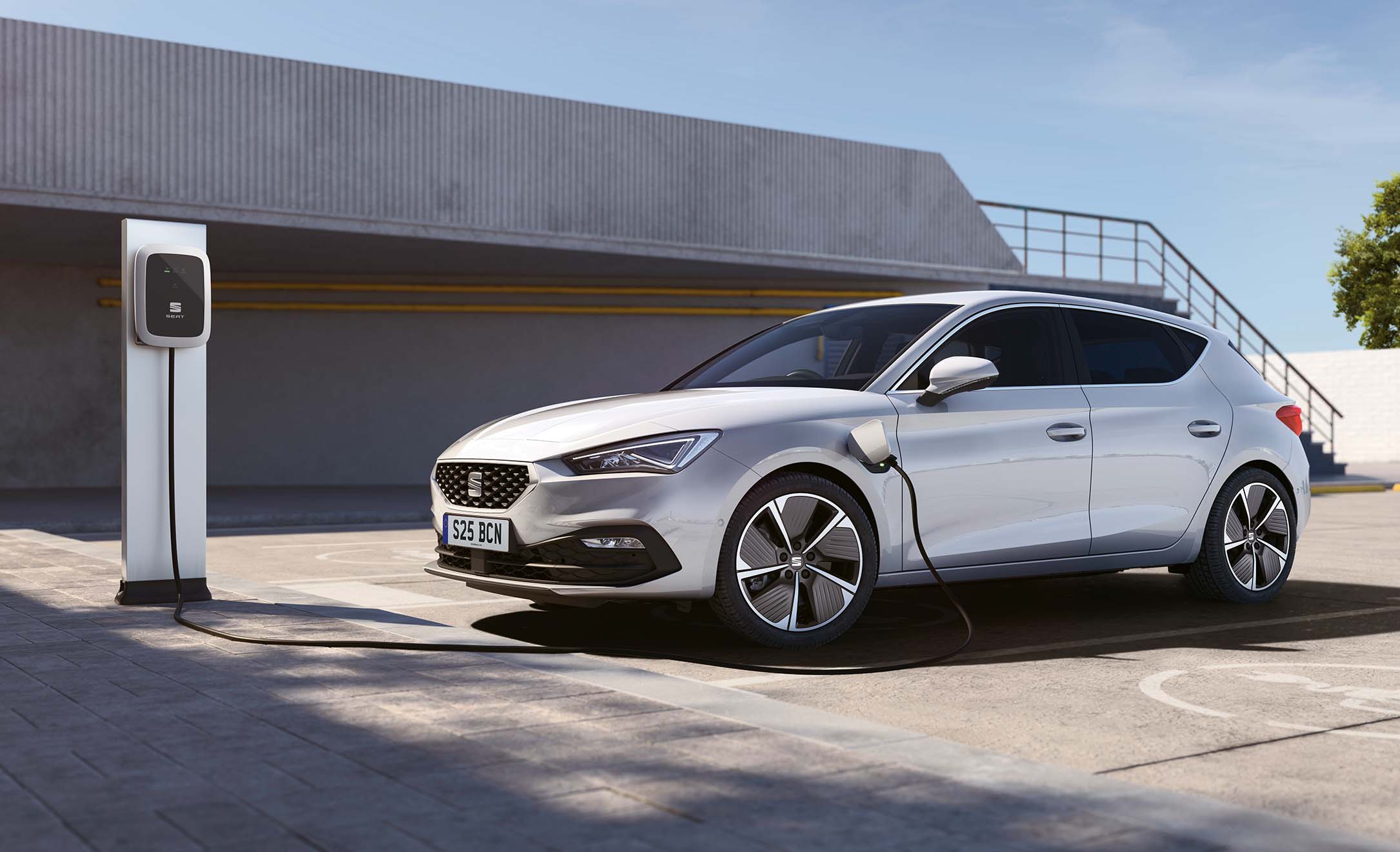
The SEAT e-HYBRID range produces CO2 emissions as low as 25g/km. As a result, e-HYBRID drivers can enjoy lower Benefit-In-Kind tax costs compared to a standard petrol version, starting from just 11% for Leon FR e-HYBRID. Find out how much you could save with an e-HYBRID company car, using SEAT's handy Company Car Tax Calculator.
Tax Calculator